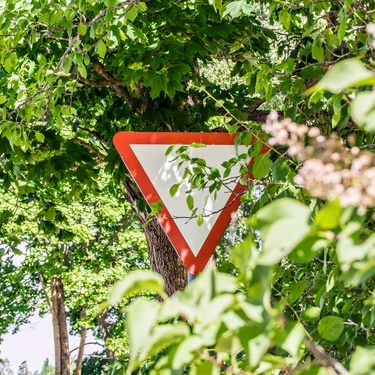
In the healthcare industry, workers must deal with a wide scope of medical wastes. One group of materials that deserves particular attention is biohazardous waste. True to the name, these items prove dangerous to living organisms due to their concentrations of potentially infectious agents. What are some examples of biohazardous waste? The industry subdivides the category into four major groups.
Medical Sharps
Needles, syringes, scalpels, and other medical implements that cut or puncture the body fall under this umbrella term. Whether in the home or a dedicated medical facility, all used sharps are biohazardous waste products. As such, they call for specialized disposal protocols. Because these have touched patients’ blood, it’s important not only to get this material to a waste receptacle but to do so safely. Conscientious disposal of medical sharps reduces the likelihood of transmitting bloodborne pathogens in the workplace.
Solid Waste
The protocols for biohazardous waste collection and removal make a distinction between sharps and other solids. In this group, we find solid objects that don’t necessarily have the same lacerative or puncturing qualities but still have potentially infectious agents contaminating them. Solid waste includes medical dressings like gauze wraps and bandages, Petri dishes for examining specimens, and personal protective equipment like facemasks and gloves. Anything that has had the opportunity to absorb material from a living organism belongs in the solid waste category.
Liquid Waste
Liquids, such as blood, mucus, and other bodily fluids, can harbor the highest concentrations of infectious agents. That’s why they have a classification unto themselves and call for careful removal. If these specimens exist in excess of 25 mL, staff should treat them as liquid biohazardous waste. This means sealing the liquids in tipping-proof, leak-proof containers—all of which bear a proper biohazard logo. Chemical treatment or autoclaving (the sterilizing exposure to high-temperature steam) is necessary to clean the vessels after medical professionals have safely emptied their contents.
Pathological Waste
Among the four examples of biohazardous waste, pathological waste is perhaps the most concentrated threat. Organs and tissue that leave the body bear this imposing label. Pathological waste can be biopsy material, tissues that surgeons remove during procedures, and any other such organic material. Compared to sharps or dressings, this waste material has a larger size, making it significantly infectious. Hospitals will traditionally gather this material, wrap it carefully, and package it a second time within a dedicated receptacle. Following this careful sequence, they’ll send it away either for incineration or chemical treatment to avoid any possibility of infecting others.



















